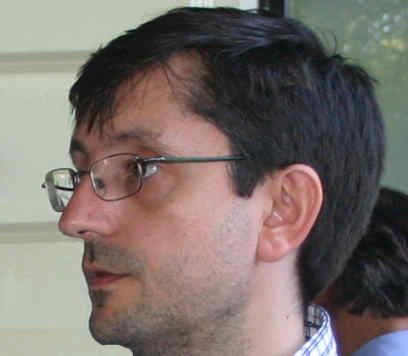Integrating genomics, individual data and contact networks to control infection
Dr Caroline Colijn (Mathematics)
How can we act so as to best control infections, given what we now can learn from genomic data about how a pathogen is spreading and evolving, and the rich data we can gather about individuals and their social contexts? We are developing approaches to control complex infections, using epidemiological, genomic and phenotypic data on pathogens combined with data about individual cases. Standard modelling tools tend to fall under either compartmental models, which lack the fine resolution to capture the multidimensional nature of relevant data, or under agent- based models, which are cumbersome to implement and can be highly sensitive to assumptions about the individuals, network connectivity, dynamical behaviour and infection process. This limits our ability to use rich genomic and patient-level data to design efficient interventions that capture individual variability and minimise risk. In this project we are combining Bayesian tools to reconstruct past transmission patterns, incorporating patient data, timing and pathogen genome data, with a latent space approach to incorporating high-dimensional features describing individual patients.
The Team
Leaders
Dr Caroline Colijn
/prod01/channel_3/media/migration/research-groups/colijn--tojpeg_1469629221247_x4.jpg)
Dr Caroline Colijn
Mathematics
--tojpeg_1538046453332_x4.jpg)
